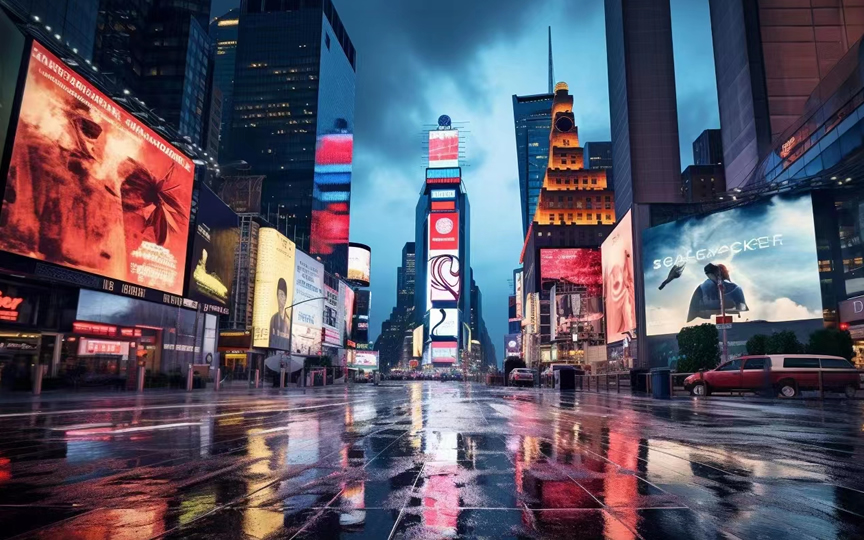If you've spent time walking around any major city lately, you've probably noticed something changing in the advertising landscape. Those old, static billboards — the giant posters stuck on walls or billboards — are slowly making way for something new and much more dynamic: LED displays.

Static billboards have been around for decades, and they certainly did their job back in the day. But in a world that moves faster than ever, these fixed images can't keep up. They're expensive to update, requiring printing and manual replacement, and once they're up, the message is stuck there for weeks, sometimes months. For businesses that need to stay flexible and react quickly, this just doesn't cut it anymore.
LED displays bring a fresh energy to city advertising. These screens are bright, colorful, and can show moving images, videos, and even interactive content. What's more, advertisers can change what's displayed instantly — no crews needed to swap out posters. This flexibility means a single screen can show different ads throughout the day. Imagine a restaurant promoting breakfast specials in the morning, lunch deals midday, and happy hour offers in the evening, all from the same screen.
From a cost perspective, while LED displays require a bigger initial investment, they save money over time. No more constant printing or labor to change ads, plus the screens are built to last for years. This makes LED displays a smart, sustainable choice for businesses that want to get the most bang for their advertising buck.
But it's not just about money. LED displays grab attention better. People naturally focus more on bright, moving images than on static posters. This increased engagement means brands have a better chance of making an impression and being remembered. Some studies show that digital signs can boost recall rates by up to 47% compared to static ads.
There are concerns, though. Some cities worry about light pollution or the possibility that too many bright screens could overwhelm pedestrians and drivers. That's why responsible planning is crucial. Brightness should be adjusted to suit the location and time of day, and the screens should blend into the urban environment rather than dominate it. When done right, LED displays can enhance the cityscape, adding vibrancy without causing distractions.
At Topview Display, we've been proud to help businesses make this transition. One client in a busy shopping district swapped out their old static billboard for a high-resolution LED display. Within weeks, they noticed more people stopping to look, and a clear increase in foot traffic. Stories like this are becoming more common as cities embrace digital signage.
Looking ahead, LED screens are only going to become more common in city advertising. Things like touchscreens you can actually use, linking up with phones, and showing live info will make ads feel less like ads and more like part of the everyday city buzz. If a brand wants to keep up, switching to LED isn't just a good idea — it's something they really need to do.
All in all, LED displays aren't just replacing old billboards; they're changing how cities talk to people. They're flexible, eye-catching, and a smart way for any business to get noticed. At Topview Display, we're excited to help companies make that jump into something fresh and modern.

